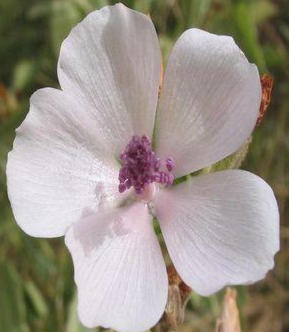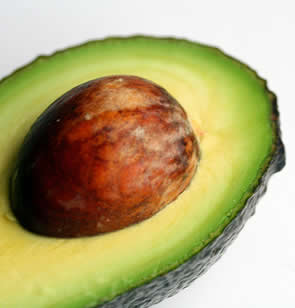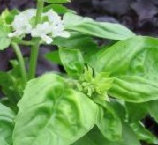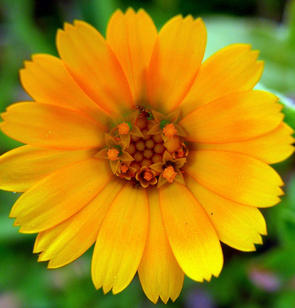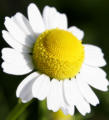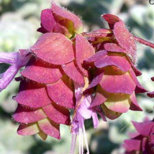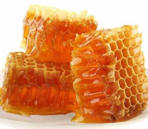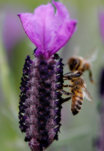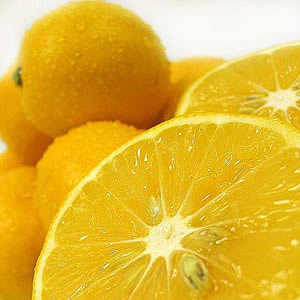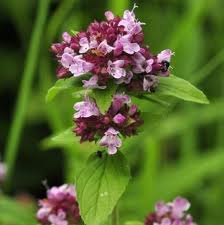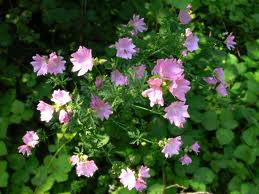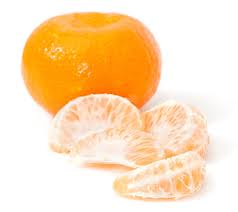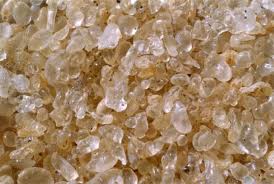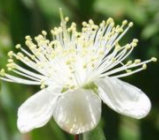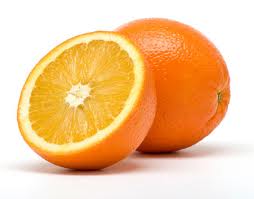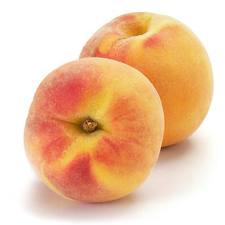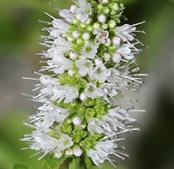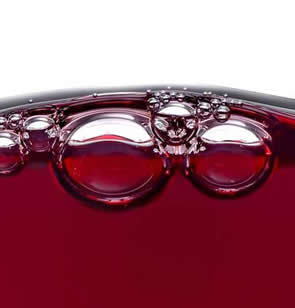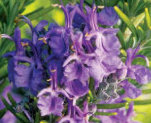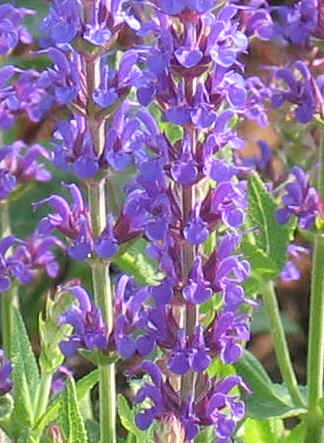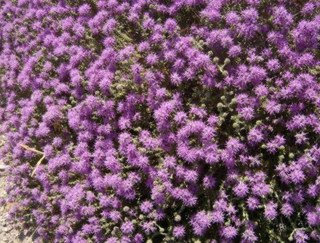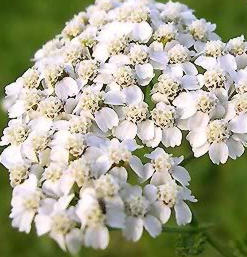
Beeswax
When constructing a honeycomb, bees secrete a nutrient-rich substance called beeswax, produced by the (female) worker honeybees. The wax is secreted from wax glands on the underside of the bee's abdomen and is molded into six-sided cells which are filled with honey, then capped with more wax. When honey is harvested, the top layer of wax that covers the cells, must be removed from each hexagon-shaped cell.
|
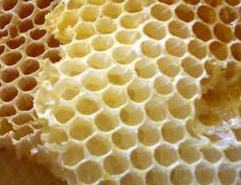 |
Beeswax was ancient humans' first plastic and for thousands of years had wide variety of uses. It was used as an adhesive to join two surfaces together and ancient Greeks used it in making dolls. During the Middle Ages wooden panels covered with beeswax was noted by Homer, the Greek poet. In 400 BC Greek Historians say that Persian coated bodies were a form of embalming.
In folk medicine, beeswax is used as an antiseptic to treat wounds and to remove the wax caps formed in the human ear. It is also used to treat various diseases of the ear and to improve hearing.
Health Benefits & Modern Medicinal uses
Pure Beeswax is one of nature's perfect products.
Utilized in a variety of skin care products, beeswax improves the condition of skin. Completely non-toxic, beeswax is known for its healing properties.
Non-allergic, beeswax also sustains sunscreen action with its water repellent properties, combines well with multiple ingredients, offers elasticity and provides greater permanence on skin or lip surfaces.
Nearly sixty percent of beeswax production is used in cosmetics, today.
An excellent emollient and support for moisturizers, beeswax provides skin protective action of a non-occlusive type, bestows consistency to emulsions and oil-gels and reinforces the action of detergents. It can be used in numerous ways: it makes wonderful lip balms, hand lotions, hand creams, moisturizers, in cosmetics, wood finishes, waxes, leather polishes, waterproofing products, and dental moulds. It is impervious to water and unaffected by mildew.
Dry, rough skin may benefit from creams, lotions or soaps that contain beeswax. When added to skin care products, beeswax acts as an emollient, drawing moisture to the skin and sealing it in. As a result, it fosters cells and protects skin from damaging environmental factors.
Beeswax also contains vitamin A, which is beneficial in softening and hydrating dry skin and in cell reconstruction.

